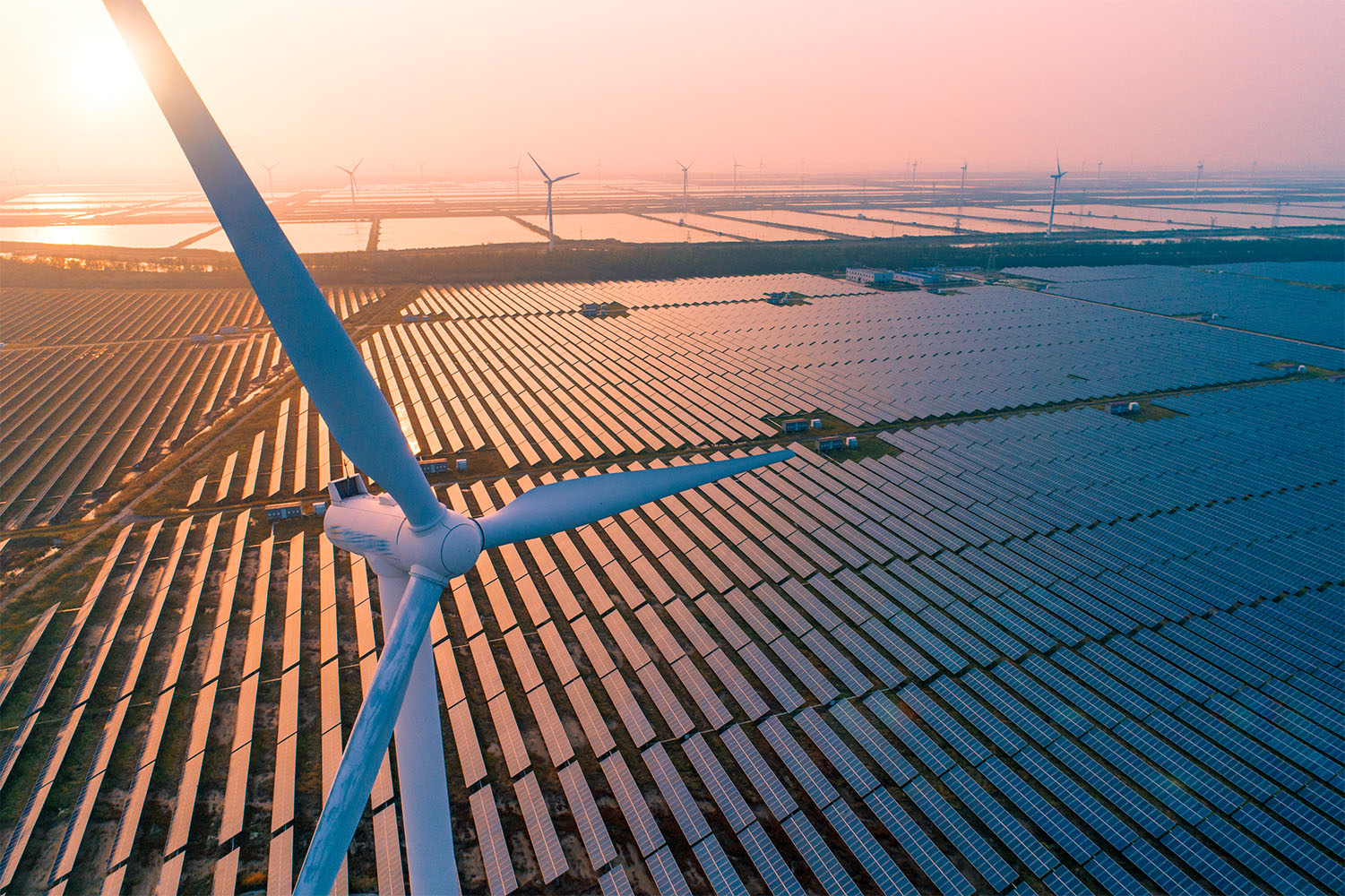The energy investment landscape: the role of hydrogen in a decarbonised energy system
Published on 6th April 2021
'Green' hydrogen could be a crucial energy source as decarbonisation gathers pace, but investors will want more certainty in markets and from government

The deployment of electrolysers can have a positive system benefit, downstream demand will be essential for developing the investment cases for hydrogen and government support will be crucial for the future growth of the sector. These were some of the conclusions of a recent virtual roundtable co-hosted by Osborne Clarke and LCP Energy Analytics, which brought together sector stakeholders for a discussion on the role of hydrogen in a decarbonised energy system and the case for investment in this technology.
Excess renewables
One of the valuable features of "green" hydrogen (hydrogen produced using electrolysers powered by renewable energy sources) is that it uses excess renewable energy generation. Using National Grid’s Future Energy Scenario LCP Energy Analytics showed that, by 2035, renewable energy generation in the UK will exceed demand in 48% of all hours. The net result of this will be that 20% of that renewable energy generated could go to waste without sufficient flexible capacity on the system (such as Interconnection and storage); a situation made worse by baseload capacity that is not flexible. There should, therefore, be an opportunity to make use of that free power, which is where the business case for green hydrogen electrolysers can be made.
However, further thought is needed about the balance between electrolyser capacity and renewable generation. LCP analysis suggests that building the first 1GW electrolysers in 2040 would create a system cost benefit compared to building additional offshore wind assets to reach the same overall renewable generation: the principle being that the load factors would be very high and, therefore, there would be strong demand for electrolyser capacity. Conversely, building the last 1GW of electrolysers in 2040 (in a scenario where there are 11GW) would create a greater system cost than building additional offshore wind assets, with the system benefitting from greater generation capacity and less electrolyser capacity.
Hydrogen use cases
Finding a balance between the supply and demand of hydrogen is not just a future problem – it is already a concern being grappled with by investors and is essential to make business models work. While most of the current debate around hydrogen has centred on production, and specifically the costs of production, one of the main drivers of growth in hydrogen production will be the certainty of downstream demand. This has been impacted significantly in recent years by the emergence of electric vehicles as the future of the automotive industry and of electric heat pumps as central to the government's strategy for the decarbonisation of domestic heating.
Nonetheless, there are a number of promising use cases. Hydrogen could potentially play a crucial role in the decarbonisation of long-distance aviation, shipping, and industrial processes, where heavy fuels are required. Pilots are already running with councils and local authorities looking to decarbonise refuse truck fleets within the next 24 months, with hydrogen powered vehicles starting to enter the market.
Matching supply and demand
Proximity between supply and demand is another related issue, and the UK government's energy white paper commitment to four low-carbon industrial clusters by 2030 is an important development, with the green hydrogen cluster in the North-East of England being a prime example of how to match supply and demand regionally.
This issue has also affected how hydrogen investment is approached. Consortia approaches – such as that led by Scottish Power and Diageo in the decarbonisation of heating for Scottish whisky distilleries – have been favoured so far, with hydrogen deployed in multi-use energy hubs, enabling a spread of revenues across multiple supply points in the same way as a private-wire offtake arrangement.
The extent to which hydrogen is used across the economy will determine the scale of the production, demand and transportation infrastructure. If the use of hydrogen remains niche there may only be a need to match supply and demand at a local level. However, if hydrogen use is more widespread then it would justify the use of a transmission system to move hydrogen around the country.
Government support and incentives
Another main factor in the growth of hydrogen will be the extent of government support. Incentives to investors deterred by the short-term returns from hydrogen projects will form an important part of any coherent strategy, and the Department for Business, Energy and Industrial Strategyhas floated the idea of a support regime for hydrogen built around an auction-type mechanism. Any such scheme would need to track the lifespan of any proposed project (for example, 25 years support) and take into consideration the wider system infrastructure needs to be truly effective.
OC comment
The UK government will need to carefully consider any regulatory framework that is implemented. It is critical to the success of hydrogen that the right drivers are put in place that incentivise reductions in transport costs, recognise it is more efficient to put electrolysers next to demand, and encourage investment decisions to be driven by the underlying economics rather than an arbitrary allocation of costs. LCP Energy Analytics analysis shows that electrolysers can create system benefits but fully understanding how hydrogen fits into a net-zero economy still needs to be decided.



